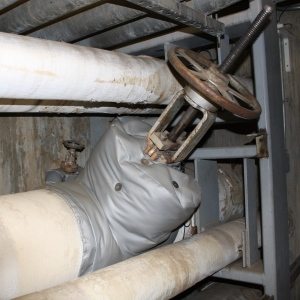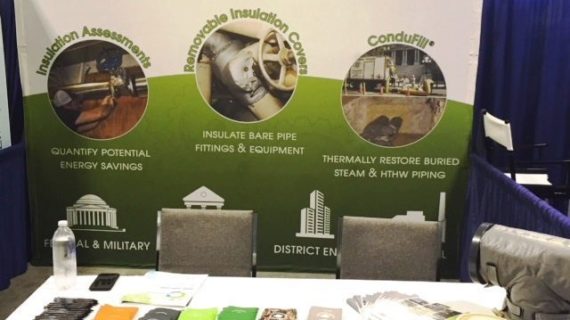Advantages of using Removable Insulation over Conventional Insulation on Steam & Hot Water Piping
As energy mandates become more and more prominent, facilities across the country are expected to meet specific energy standards and building codes. Energy conservation measures – projects and/or technologies applied in facilities to reduce overall energy consumption – include building envelope, lighting, water, automation, and insulation improvements.
Common applications for mechanical piping include conventional (rigid) insulation and removable/reusable insulation. When it comes to insulation improvements, applying any insulation to steam and hot water piping is a step in the right direction. Understanding the advantages and disadvantages of each application makes a substantial difference when it comes to maximizing energy savings and reducing operating costs.
Steam and hot water pipe valves, flanges, expansion joints, etc. found in mechanical rooms, boiler rooms, manholes and tunnels typically have irregular shapes and require recurring maintenance. When conventional insulation is applied, we have found that components of pipe fittings are often left bare; wasting energy and money, producing high ambient temperatures and creating unsafe environments for maintenance personnel.
Applying Removable Insulation Covers (RICs) to these uninsulated or partially insulated steam and hot water pipe fittings eliminates the costly replacement of conventional insulation. Once conventional insulation is removed for maintenance work, it is destroyed and unusable. RICs, on the other hand, can be removed and re-installed in minutes, making maintenance work hassle-free, safe and efficient. Additionally, applying RICs to bare fittings in rooms or areas can drastically reduce ambient temperatures in mechanical rooms, boiler plants, tunnels, manholes and vaults.






